�
Macmillan Computer Science Series
Consulting Editor: Professor F.H. Sumner, University of Manchester
A. Abdellatif, J. Le Bihan and M. Limame, Oracle- A user's guide
S.T. All worth and R.N. Zobel, Introduction to Real-time Software Design, second edition
Ian 0. Angell, High-resolution Computer Graphics Using C
Ian 0. Angell and Gareth Griffith, High-resolution Computer Graphics Using FORTRAN 77
Ian 0. Angell and Gareth Griffith, High-resolution Computer Graphics Using Pascal
M. Azmoodeh, Abstract Data Types and Algorithms, second edition
C. Bamford and P. Curran, Data Structures, Files and Databases, second edition
Philip Barker, Author Languages for CAL
A.N. Barrett and A.L. Mackay, Spatial Structure and the Microcomputer
R.E. Berry, B.A.E. Meekings and M.D. Soren, A Book on C, second edition
P. Beynon-Davies, Information Systems Development
G.M. Birtwistle, Discrete Event Modelling on Simula
B.G. Blundell and C.N. Daskalakis, Using and Administering an Apollo Network
B.G. Blundell, C.N. Daskalakis, N.A.E. Heyes and T.P. Hopkins, An Introductory Guide to
Si/var Lisco and HILO Simulators
T.B. Boffey, Graph Theory in Operations Research
Richard Bornat, Understanding and Writing Compilers
Linda E.M. Brackenbury, Design ofVLSI Systems -A Practical Introduction
Alan Bradley, Peripherals for Computer Systems
G.R. Brookes and A.J. Stewart, Introduction to occam 2 on the Transputer
J.K. Buckle, Software Configuration Management
W.O. Burnham and A.R. Hall, Prolog Programming and Applications
P.C. Capon and P.J. Jinks, Compiler Engineering Using Pascal
J.C. Cluley,1nterfacing to Microprocessors
J.C. Cluley, Introduction to Law Level Programming for Microprocessors
Robert Cole, Computer Communications, second edition
Derek Coleman, A Structured Programming Approach to Data
E. Davalo and P. Nairn, Neural Networks
S.M. Deen, Principles and Practice of Database Systems
C. Delannoy, Turbo Pascal Programming
Tim Den vir, Introduction to Discrete Mathematics for Software Engineering
D. England eta/., A Sun User's Guide
J.S. Rorentin, Microprogrammable Hardware
A.B. Fontaine and F. Barrand, 80286 and 80386 Microprocessors
J.B. Gosling, Design of Arithmetic Units for Digital Computers
M.G. Hartley, M. Healey and P.G. Depledge, Mini and Microcomputer Systems
J.A. Hewitt and R.J. Frank, Software Engineering in Modu/a-2- An Object-oriented Approach
Roger Hutty, COBOL 85 Programming
Roger Hutty, Z80 Assembly Language Programming for Students
Roland N. Ibbett and Nigel P. Topham, Architecture of High Performance Computers, Volume I
Roland N. Ibbett and Nigel P. Topham, Architecture of High Performance Computers, Volume II
Patrick Jaulent, The 68000- Hardware and Software
P. Jaulent, L. Baticle and P. Pillot, 68020-30 Microprocessors and their Coprocessors
M.J. King and J.P. Pardoe, Program Design Using JSP- A Practical Introduction
E.V. Krishnamurthy, Introductory Theory of Computer Science
V.P. Lane, Security of Computer Based Information Systems
Graham Lee, From Hardware to Software- An Introduction to Computers
David Lightfoot, Formal Specification Using Z
A.M. Lister and R.D. Eager, Fundamentals of Operating Systems ,fourth edition
Elizabeth Lynch, Understanding SQL
Tom Manns and Michael Coleman, Software Quality Assurance
A. Mevel and T. Gueguen, Smal/ta/k-80
R.J. Mitchell, Microcomputer Systems Using the STE Bus
R.J. Mitchell, Modula-2 Applied
Y. Nishinuma and R. Espesser, UNIX- First contact
Pham Thu Quang and C. Chartier-Kastler, MERISE in Practice
Pim Oets, MS-DOS and PC-DOS- A Practical Guide, second edition
(continued overleaf)
A.J. Pilavakis, UNIX Workshop
Christian Queinnec, USP
E.J. Redfern, Introduction to Pascal for Computational Mathematics
Gordon Reece, Microcomputer Modelling by Finite Differences
W.P. Salman, 0. Tisserand and B. Toulout, FORTH
L.E. Scales, Introduction to Non-Linear Optimization
Peter S. Sell, Expert Systems- A Practical Introduction
A. G. Sutcliffe, Human-Computer Interface Design
Colin J. Theaker and Graham R. Brookes, A Practical Course on Operating Systems, second edition
M.R. Tolhurst eta/., Open Systems Interconnection
A.J. Tyrrell, COBOL from Pascal
M.J. Usher, Information Theory for Information Technologists
B.S. Walker, Understanding Microprocessors
Colin Walls, Programming Dedicated Microprocessors
I.R. Wilson and A.M. Addyman, A Practical Introduction to Pascal- with BS6192, second edition
Non-series
Roy Anderson, Management, Information Systems and Computers
1.0. Angell, Advanced Graphics with the IBM Personal Computer
J.E. Bingham and G.W.P. Davies, A Handbook of Systems Analysis, second edition
J.E. Bingham and G.W.P. Davies, Planning for Data Communications
B.V. Cordingley and D. Chamund, Advanced BASIC Scientific Subroutines
N. Frude, A Guide to SPSS!PC+
Percy Melt, Introduction to Computing
Tony Royce, COBOL- An Introduction
Barry Thomas, A PostScript Cookbook
�
Formal Specification
Using Z
David Lightfoot
School of Computing and Mathematical Sciences
Oxford Polytechnic
M
MACMILLAN
�
©David Lightfoot 1991
All rights reserved. No reproduction, copy or transmission
of this publication may be made without written permission.
No paragraph of this publication may be reproduced, copied
or transmitted save with written permission or in accordance
with the provisions of the Copyright, Designs and Patents Act
1988, or under the terms of any licence permitting limited
copying issued by the Copyright Licensing Agency,
33-4 Alfred Place, London WClE 7DP.
Any person who does any unauthorised act in relation to this
publication may be liable to criminal prosecution and civil
claims for damages.
First edition 1991
Published by
MACMILLAN EDUCATION LTD
Houndmills, Basingstoke, Hampshire RG21 2XS
and London
Companies and representatives
throughout the world
ISBN 978-0-333-54408-2
DOI 10.1007/978-1-349-12144-1
A catalogue record for this book is available from the
British Library
ISBN 978-1-349-12144-1 (eBook)
�
Contents
Preface
X
1
Introduction
The need for formal specification ............................... 1
The role of mathematics .............................................. 2
Current use of mathematics ......................................... 3
Benefits and costs of formal specification ................... 4
The specification language Z ....................................... 4
Textual aspects of the Z notation ................................ 5
Exercises ...................................................................... 6
2 Sets in Z
Types ........................................................................... 8
Built-in types ............................................................... 8
Basic types ................................................................ 10
Free types .................................................................. 10
Declarations ............................................................... 11
Single value from a type ............................................ 11
Sets of values ............................................................. 12
Set constants .............................................................. 12
The empty set ............................................................ 12
Operators ................................................................... 13
Set comprehension .................................................... 19
Ranges of numbers .................................................... 19
Disjoint sets ............................................................... 20
Partition ..................................................................... 20
Summary of notation ................................................. 21
v
�
vi
3
Formal Specification Using Z
Exercises .................................................................... 22
Usin~ sets to describe a system
- a s1mple example
Introduction ............................................................... 23
The state ..................................................................... 23
Initial state ................................................................. 24
Operations ................................................................. 24
Enquiry operations .................................................... 26
Conclusion ................................................................ 27
Exercises .................................................................... 27
4 Logic: propositional calculus
Introduction ............................................................... 28
Propositional calculus ............................................... 28
Operators ................................................................... 28
De Morgan's laws ..................................................... 31
Demonstrating laws ................................................... 31
Using laws ................................................................. 32
Example proof- exclusive-or ................................... 32
Laws about logical operators ..................................... 34
Relationship between logic and set theory ................ 35
Summary of notation ................................................. 36
Exercises .................................................................... 36
5 The example extended
Full definition of boarding operation ........................ 37
A better way ............................................................... 38
Exercises .................................................................... 38
6 Schemas
Schemas ..................................................................... 39
Schema calculus ........................................................ 41
Decoration of input- and output observations ........... 45
Example of schemas with input. ................................ .46
Overall structure of a Z specification document ........ 51
Summary of notation ................................................. 52
Exercises .................................................................... 54
�
Contents
vii
7 Example of a Z specification document
Introduction ............................................................... 56
The types ................................................................... 56
The state ..................................................................... 56
Initial state ................................................................. 57
Operations ................................................................. 57
Enquiry operations .................................................... 58
Dealing with errors .................................................... 59
Exercises .................................................................... 60
8 Logic: predicate calculus
Introduction ............................................................... 61
Quantifiers ................................................................. 61
Further operations on schemas .................................. 64
Summary of notation ................................................. 67
Exercises .................................................................... 68
9 Relations
A relation is a set ....................................................... 69
Cartesian product ....................................................... 69
Relations .................................................................... 70
Declaring a relation .................................................... 71
Maplets ...................................................................... 71
Membership ............................................................... 72
Domain and range ..................................................... 72
Relational image ........................................................ 74
Constant value for a relation ...................................... 74
Example of a relation ................................................ 75
Restriction ................................................................. 76
Example of restriction ............................................... 78
Composition ............................................................... 78
Repeated composition ............................................... 80
Example ..................................................................... 80
Identity relation .......................................................... 81
Inverse of a relation ................................................... 81
Examples ................................................................... 82
Summary of notation ................................................. 83
Exercises .................................................................... 84
�
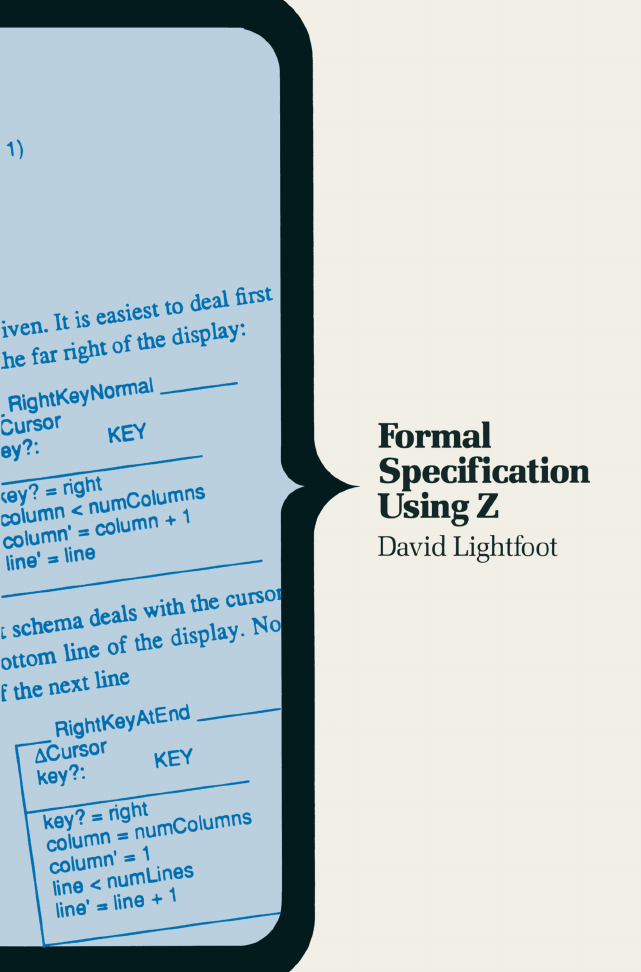
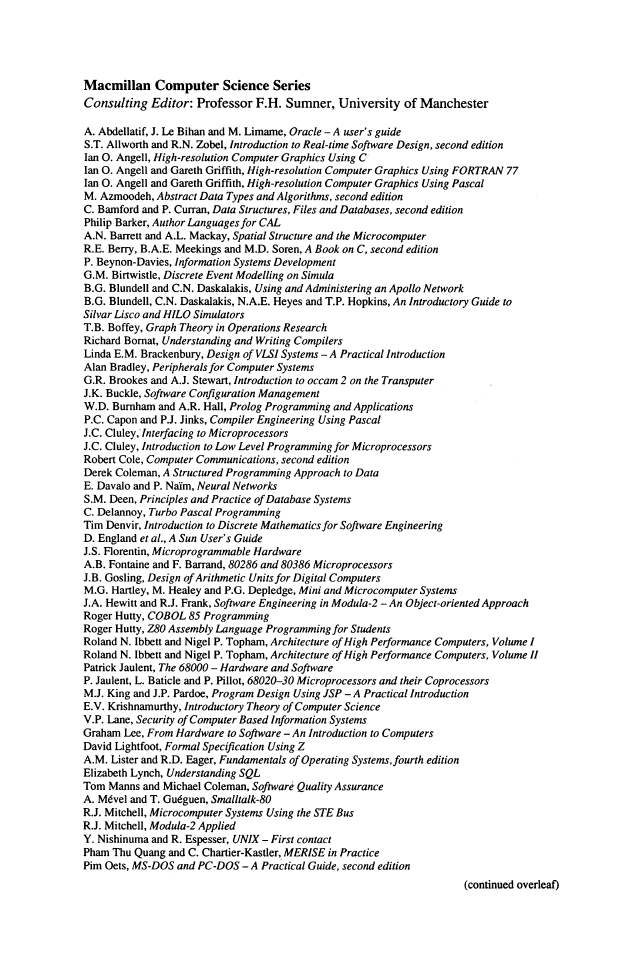
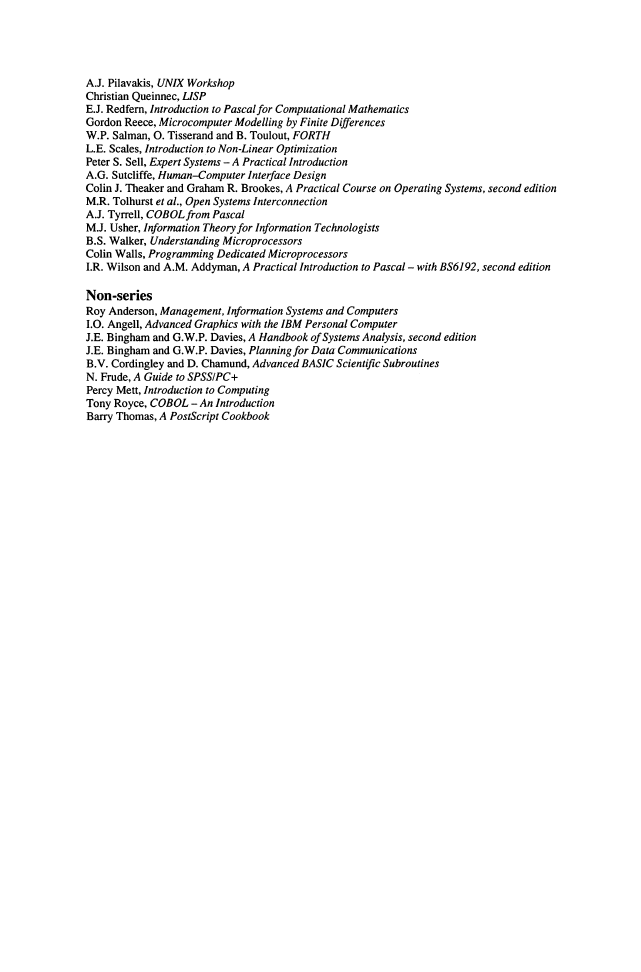
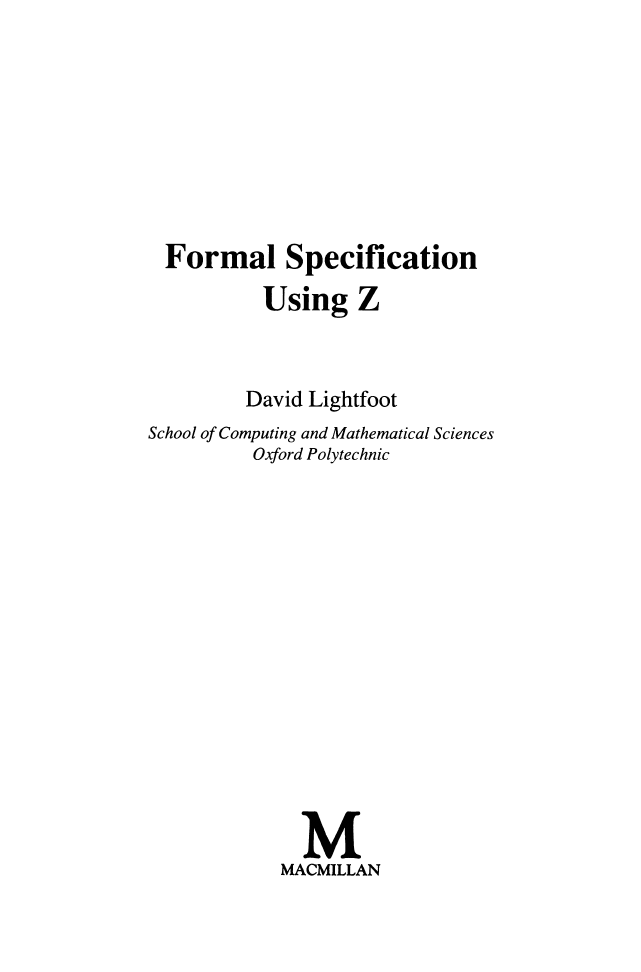
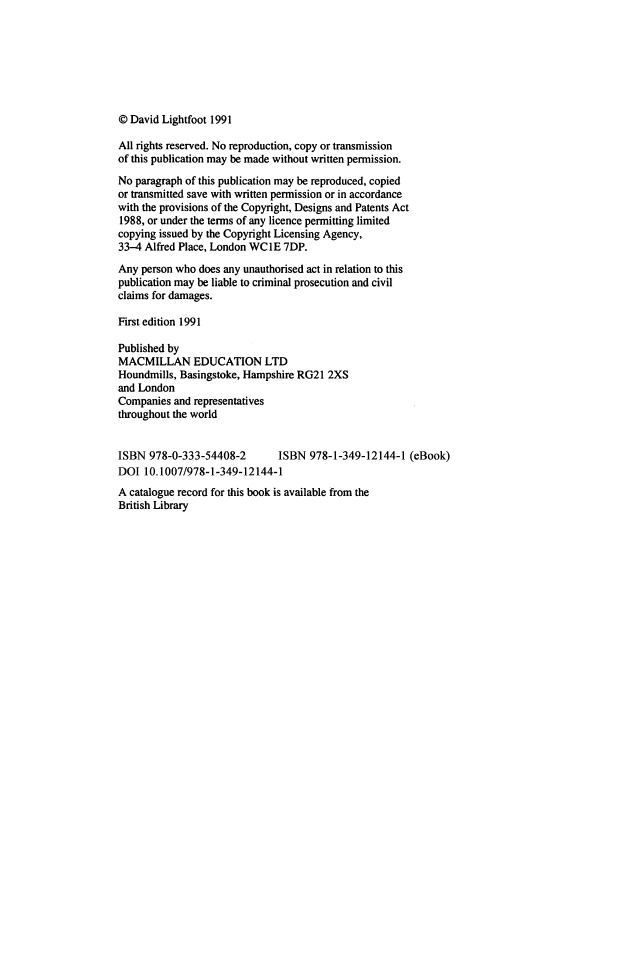
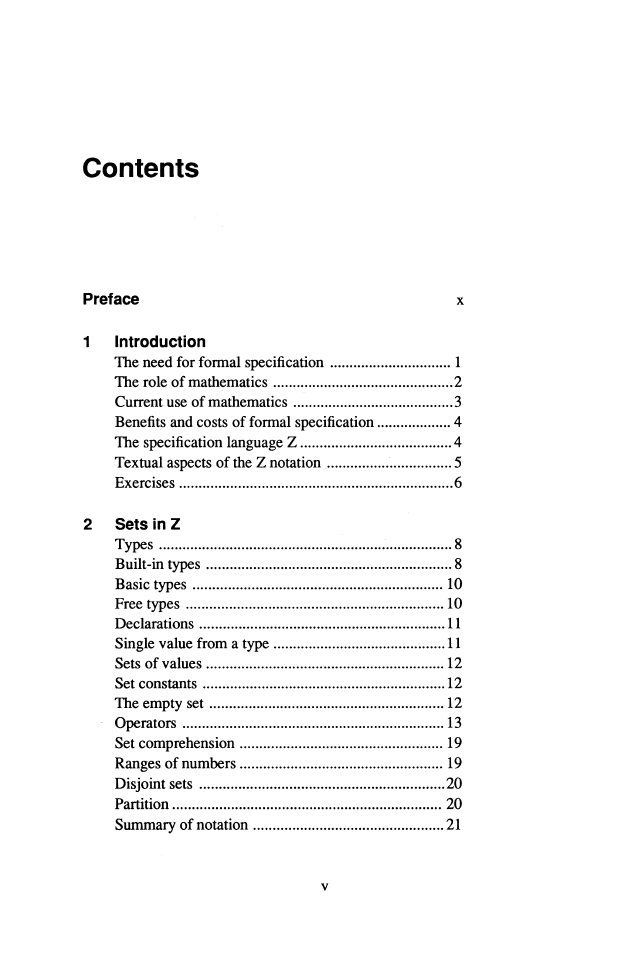
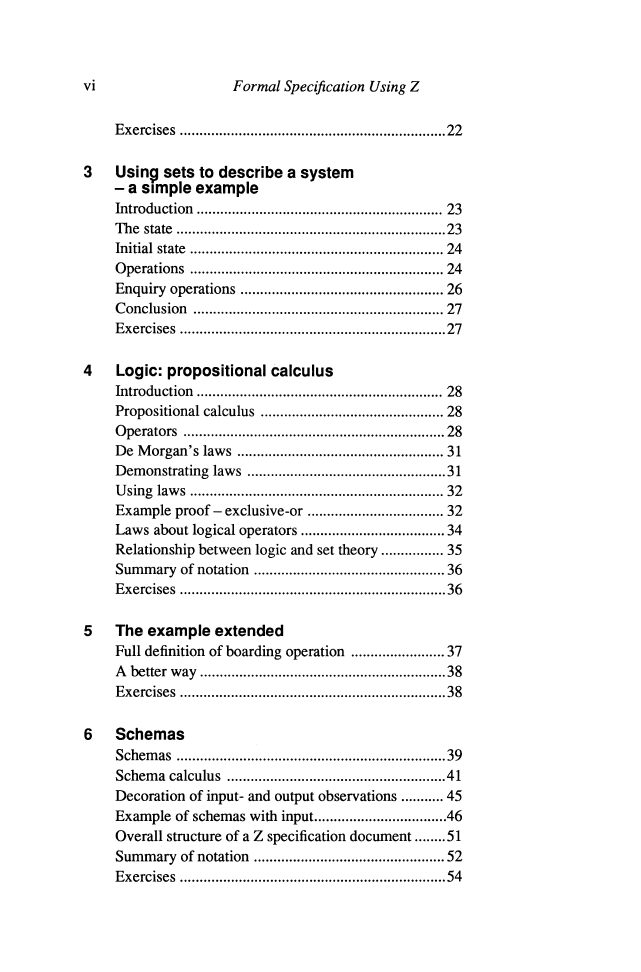
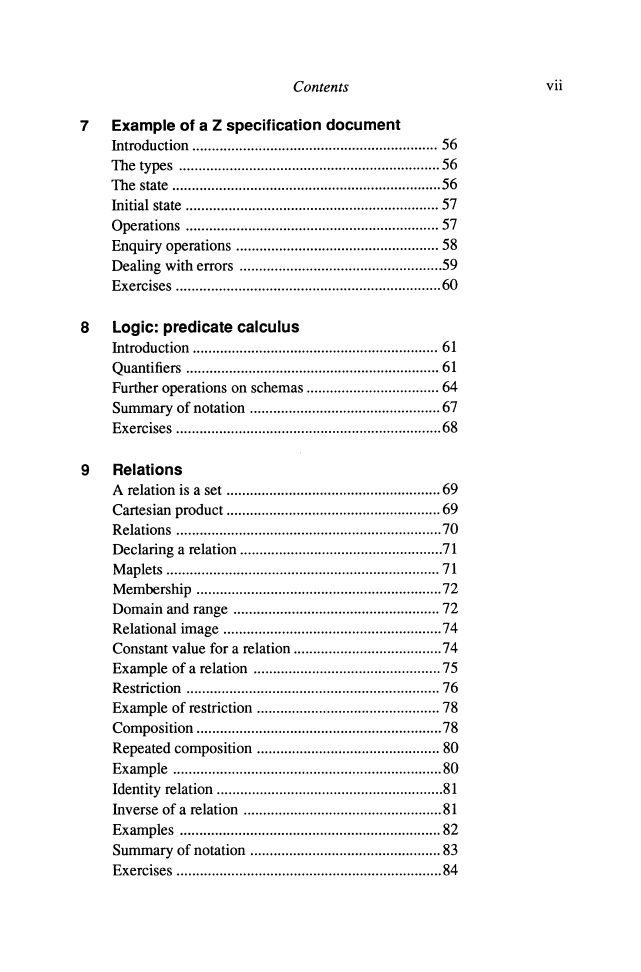








 2023年江西萍乡中考道德与法治真题及答案.doc
2023年江西萍乡中考道德与法治真题及答案.doc 2012年重庆南川中考生物真题及答案.doc
2012年重庆南川中考生物真题及答案.doc 2013年江西师范大学地理学综合及文艺理论基础考研真题.doc
2013年江西师范大学地理学综合及文艺理论基础考研真题.doc 2020年四川甘孜小升初语文真题及答案I卷.doc
2020年四川甘孜小升初语文真题及答案I卷.doc 2020年注册岩土工程师专业基础考试真题及答案.doc
2020年注册岩土工程师专业基础考试真题及答案.doc 2023-2024学年福建省厦门市九年级上学期数学月考试题及答案.doc
2023-2024学年福建省厦门市九年级上学期数学月考试题及答案.doc 2021-2022学年辽宁省沈阳市大东区九年级上学期语文期末试题及答案.doc
2021-2022学年辽宁省沈阳市大东区九年级上学期语文期末试题及答案.doc 2022-2023学年北京东城区初三第一学期物理期末试卷及答案.doc
2022-2023学年北京东城区初三第一学期物理期末试卷及答案.doc 2018上半年江西教师资格初中地理学科知识与教学能力真题及答案.doc
2018上半年江西教师资格初中地理学科知识与教学能力真题及答案.doc 2012年河北国家公务员申论考试真题及答案-省级.doc
2012年河北国家公务员申论考试真题及答案-省级.doc 2020-2021学年江苏省扬州市江都区邵樊片九年级上学期数学第一次质量检测试题及答案.doc
2020-2021学年江苏省扬州市江都区邵樊片九年级上学期数学第一次质量检测试题及答案.doc 2022下半年黑龙江教师资格证中学综合素质真题及答案.doc
2022下半年黑龙江教师资格证中学综合素质真题及答案.doc